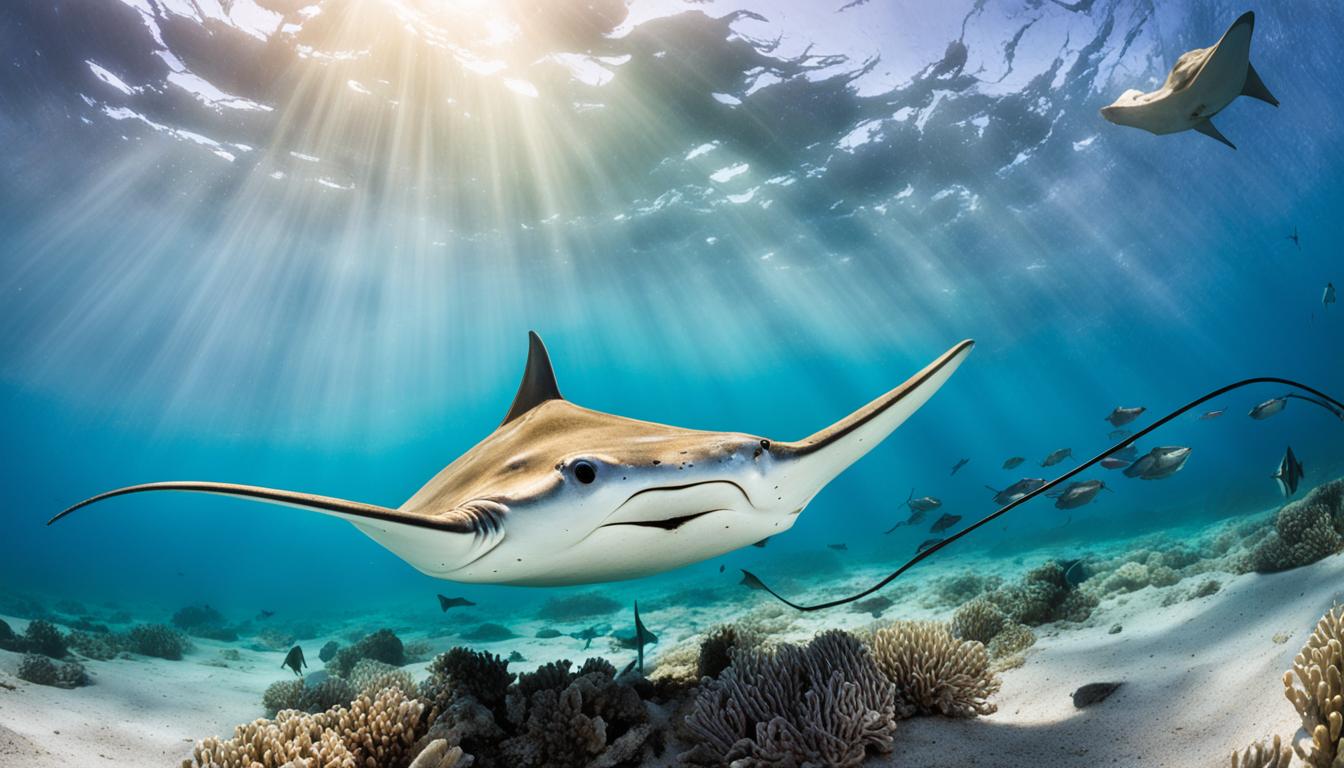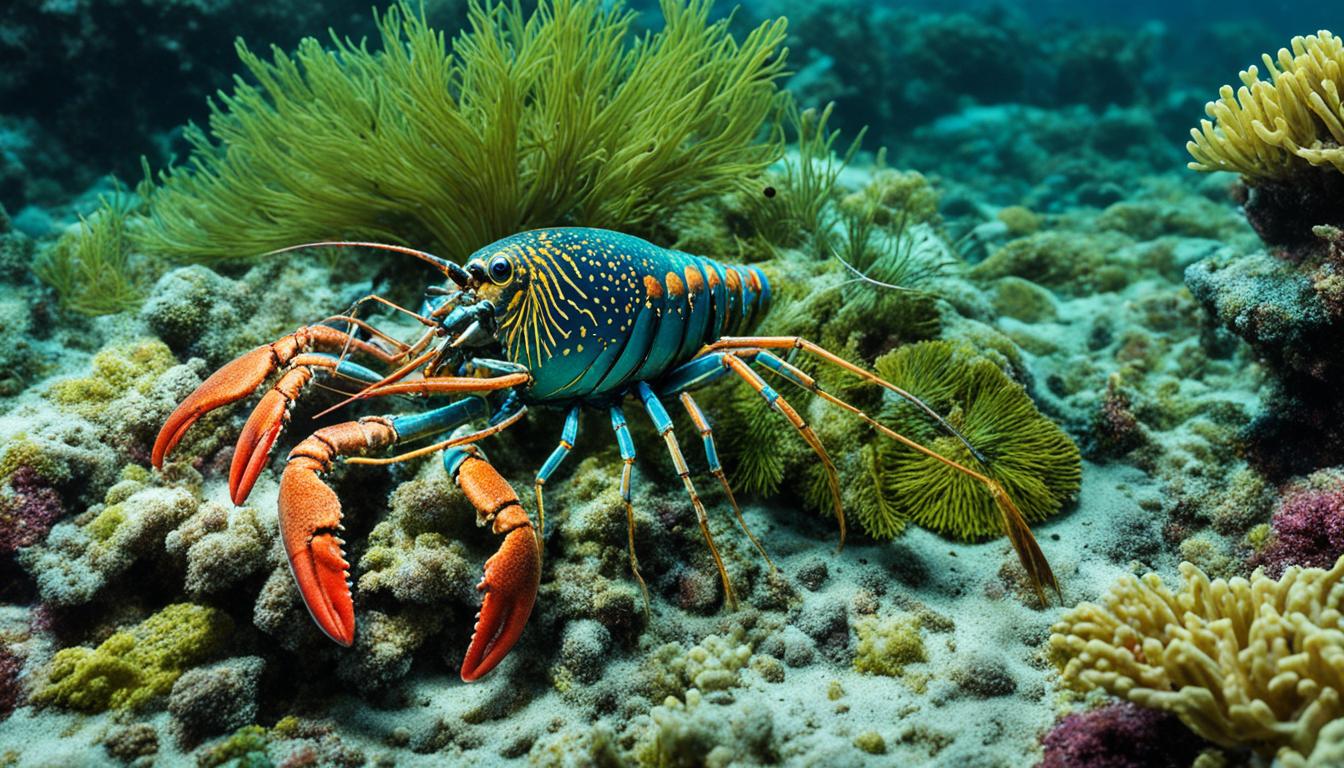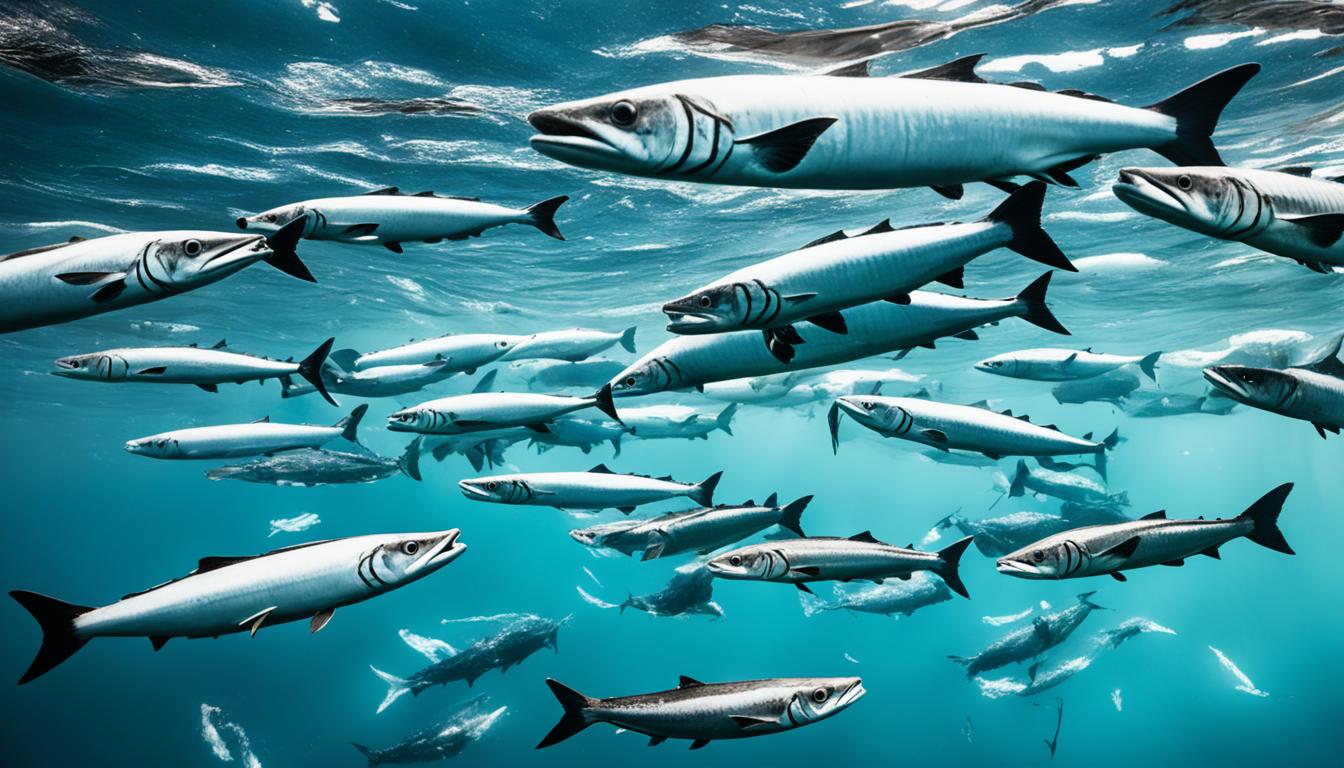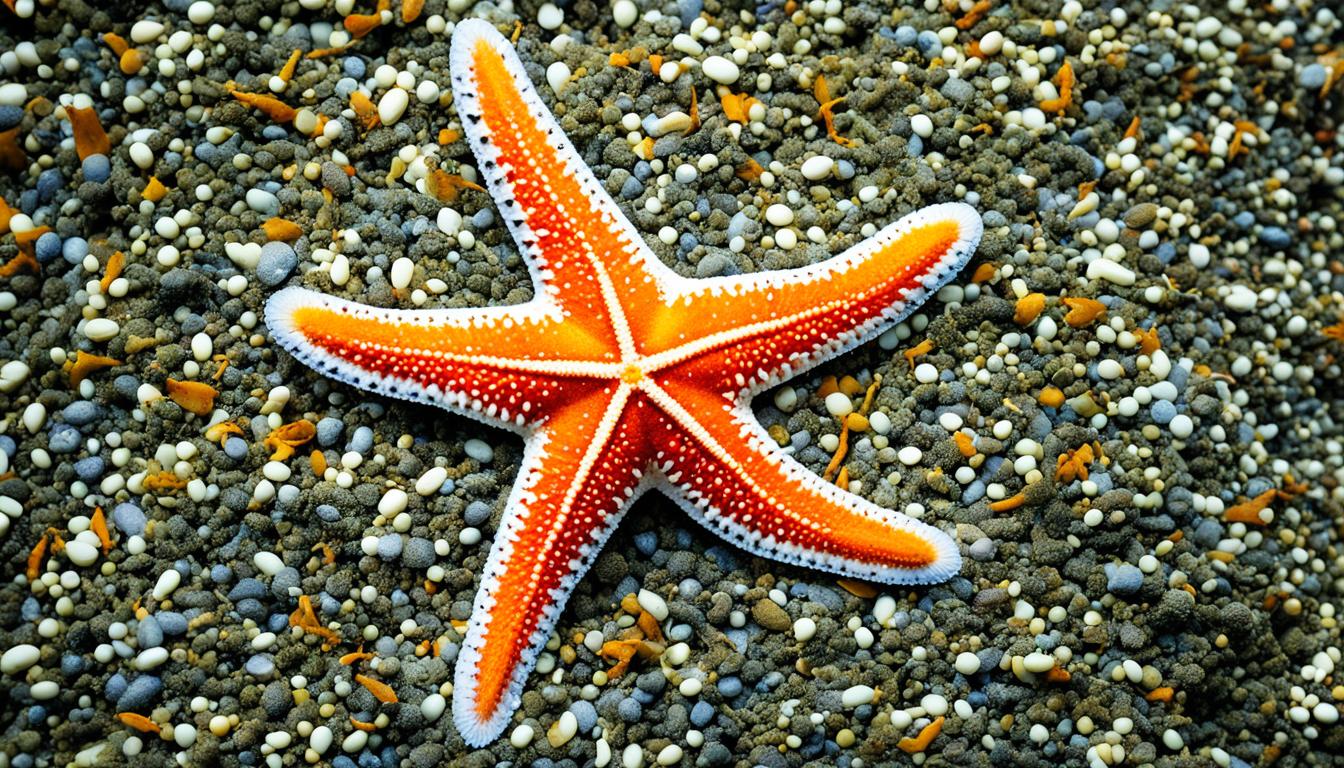Stingrays are fascinating creatures in the elasmobranch group. But, they face big challenges that threaten their survival. You might ask, what threats do stingrays face? The main danger comes from humans, mainly through overfishing, which has put many species at risk.
Also, habitat loss from coastal development and pollution makes things worse. With 107 of 539 species on the IUCN Red List, stingray conservation is more urgent than ever. Let’s look at the challenges these animals face and how they might affect marine ecosystems.
Overview of Stingray Species
Stingrays are a diverse group with about 200 species found in both saltwater and freshwater around the world. They have unique traits that help them live in their environments. These traits make them interesting to study and understand.
Stingrays belong to the elasmobranch class, known for their cartilaginous skeletons. This special skeleton makes them agile and helps them hide on the ocean floor. It’s important for hunting and staying safe from predators.
Characteristics and Habitat
Most stingrays live in coastal saltwater, but some, like the pelagic stingray, go into deeper waters. They have flat bodies and long tails that help them move easily. They also have special organs called ampullae of Lorenzini to find prey by sensing electrical signals.
Feeding and Behavior
Stingrays eat crustaceans and small fish, using their sharp senses to find food. They often hide on the ocean floor and surprise their prey. Usually, they live alone, but they come together during mating seasons. This helps them survive and reproduce better.
What threats do stingrays face?
The numbers of stingrays are going down because of many threats over the years. You might be curious about what challenges these amazing creatures face. Knowing about these risks helps us understand how fragile their homes are and why we need to protect them.
Declining Populations
Recent studies show that stingray numbers are dropping fast. Overfishing and destroying their homes have been big problems. Their homes are getting ruined by human actions, making it hard for them to live and find food. The illegal trade in wildlife adds to these issues, putting many species at risk.
Common Threats Across Species
It’s important to know the dangers that stingrays face because of us. The main threats are:
- Overfishing: Fishing too much hurts their numbers and makes them harder to find.
- Bycatch: Stingrays get caught accidentally in fishing gear, which can be deadly.
- Coastal Development: Building along the coast destroys their homes, making it harder for them to survive.
- Pollution: Dirty water harms their health and ability to have babies.
- Climate Change: Changes in the weather and their environment make life harder for them.
We need to work together to protect stingrays from these dangers. Governments, groups, and people must join forces to lessen our impact on them. This will help save stingray species.
| Threat Type | Description | Impact on Stingrays |
|---|---|---|
| Overfishing | Unsustainable fishing practices | Population decline and disruption of food chains |
| Bycatch | Unintentional capture in fishing gear | Increased mortality rates |
| Coastal Development | Habitat loss due to construction | Reduced breeding and feeding environments |
| Pollution | Contaminants affecting water quality | Negative health impacts and reproductive issues |
| Climate Change | Altered ecosystems and weather patterns | Disruption of migration and feeding behaviors |
Impact of Overfishing on Stingrays
Overfishing is a big threat to stingrays, causing harm to their numbers and the ocean’s balance. Fishing for species like tuna often catches stingrays by mistake. This harm affects stingrays and the ocean’s health that depends on them.
How Overfishing Affects Stingray Species
Less stingrays mean fewer genes, making them less able to fight diseases and environmental changes. Big nets and new fishing methods increase the chance of catching stingrays. This changes how many stingrays there are in the ocean.
Bycatch Statistics and Consequences
Bycatch statistics show the harm of fishing. Millions of stingrays get hurt or stressed when caught with other fish. Here’s a table with important bycatch facts and their effects:
| Fishing Technique | Annual Stingray Bycatch (Estimated) | Consequences |
|---|---|---|
| Longlining | 300,000 | High stress, injury, and mortality rates |
| Trawling | 500,000 | Severe physical damage and high mortality |
| Gillnets | 700,000 | Entanglement leading to drowning |
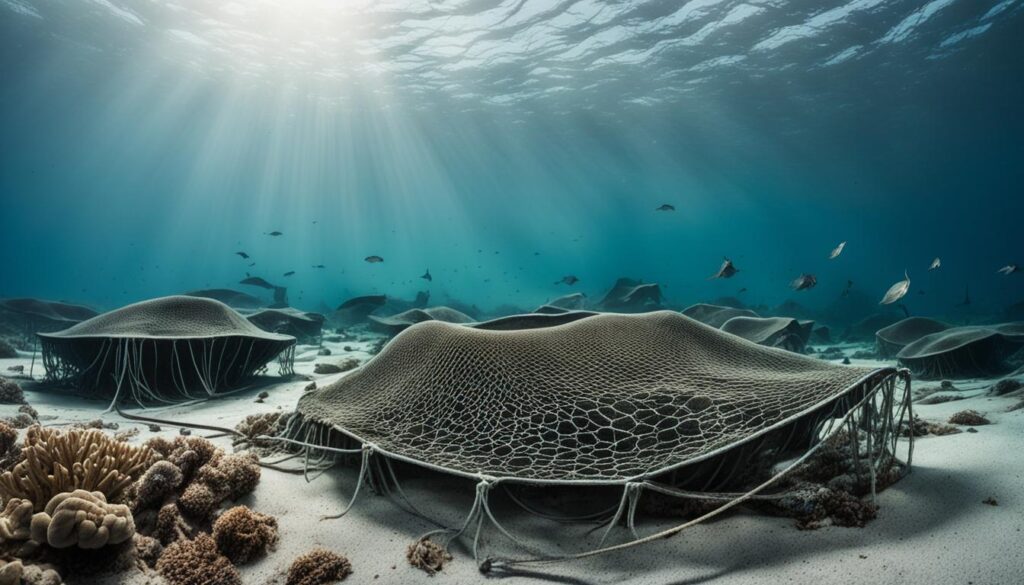
Effects of Habitat Destruction
The loss of natural habitats is a big problem for stingrays. As coastal areas change fast because of cities, farms, and factories, stingrays’ homes are at risk. Deforestation in places like mangroves and coral reefs hurts their places to live, breed, and find food.
Causes of Habitat Loss
Many things cause the destruction of stingray habitats. Building along the coast, pollution, and climate change all harm the places where marine life lives. These actions make the shoreline unhealthy and reduce the variety of life in the ocean, including stingrays.
Importance of Coastal Ecosystems
Coastal ecosystems are key to the health of the ocean. They are home to many species, like stingrays. These areas help keep the environment balanced and support a wide range of marine life. Losing these ecosystems can harm the entire ocean ecosystem.
It shows how important it is to protect and restore these habitats. Doing so helps not just stingrays, but also the health of our oceans.

